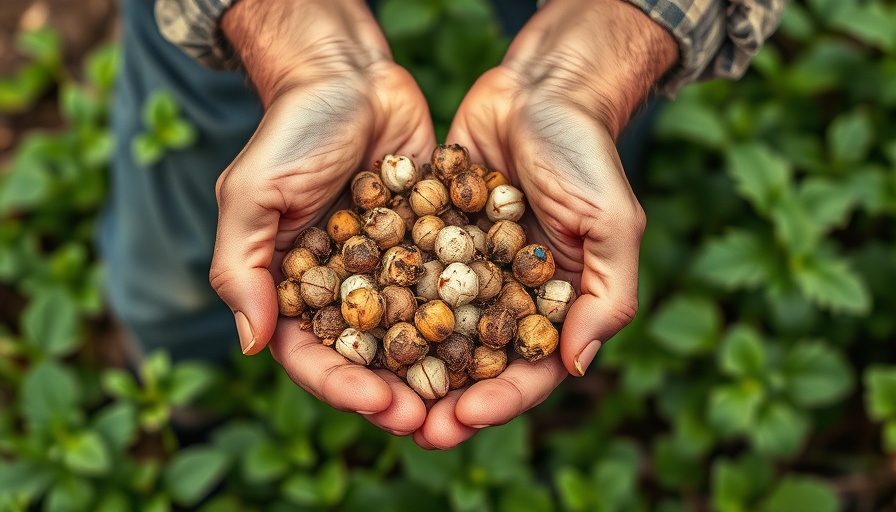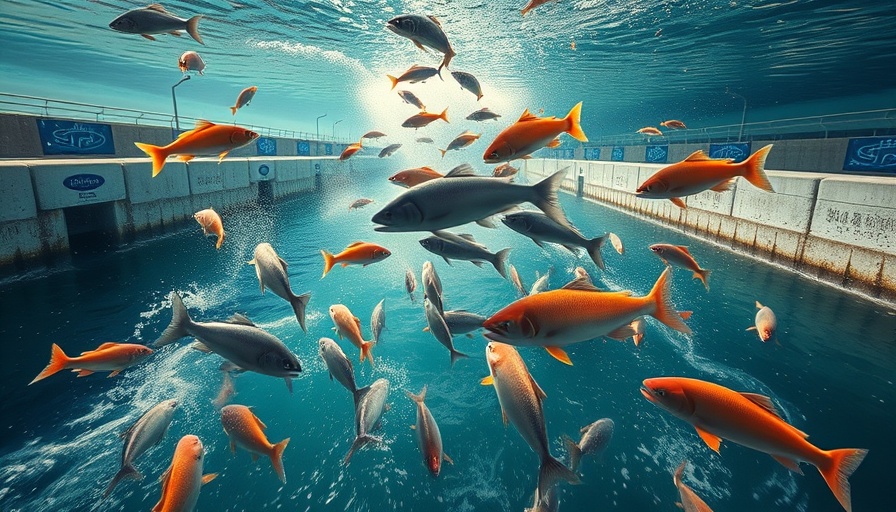
The Manure Dilemma: Turning Waste into Resource
West Virginia University doctoral student Shannay Rawal poses an important question in today’s agricultural landscape: “What do we do with all this crap?” While he’s not necessarily looking for a clean-up solution, he is at the forefront of a groundbreaking project that seeks to convert chicken droppings into useful fertiliser, while also addressing a growing environmental issue.
Community Engagement and Sustainable Practices
Rawal is part of a research team dedicated to working closely with poultry farmers in West Virginia’s Eastern Panhandle. Their goal is to discover environmentally sound and economically viable methods for managing poultry manure. A significant concern they are addressing is nutrient runoff, which can lead to harmful algal blooms in water bodies such as those in the Chesapeake Bay watershed.
“When nutrients from animal waste overflow into rivers, they can suffocate aquatic life by producing algal blooms,” Rawal explains. The approach taken by Rawal and his peers is to promote a circular economy that focuses on recovering and reusing nutrients within the region rather than allowing them to escape into the environment.
Expanding Horizons: Beyond Fertiliser
Not only is Rawal’s team exploring how to efficiently turn litter into fertiliser, but they’re also considering innovative uses, including biofuel production. This versatility could bring value to the local agricultural ecosystem as energy demands fluctuate throughout the year. The methodology involves establishing models that guide local farmers on the best uses for their litter, whether as fertiliser or fuel.
Rawal emphasizes that getting the right systems in place is key: “We need to think about how to optimize the management of poultry waste for various needs, from summer storage to winter energy.” With this in mind, he acknowledges that there are many factors to consider, including seasonal waste variations and the best times for application.
A Call to Action for Agricultural Innovation
As Rawal’s research moves forward, it becomes clear that turning waste into a resource is not just beneficial for farmers looking to manage manure more effectively; it’s a crucial step toward sustainable agriculture. The poultry industry may face environmental scrutiny, but projects like Rawal’s offer a hopeful glimpse into a waste-free future.
Through collaborative efforts, innovative practices, and local engagement, the challenges surrounding poultry waste could lead to remarkable advancements in sustainability. As stakeholders in agriculture, it's critical for hatchery managers and poultry executives to recognize and support these transformative changes—because there’s much more than just waste buried under those droppings.
 Add Row
Add Row  Add Element
Add Element 



 Add Row
Add Row  Add
Add 
Write A Comment